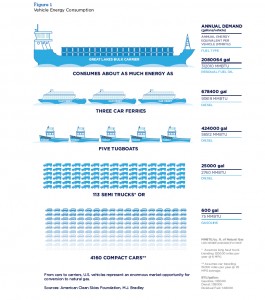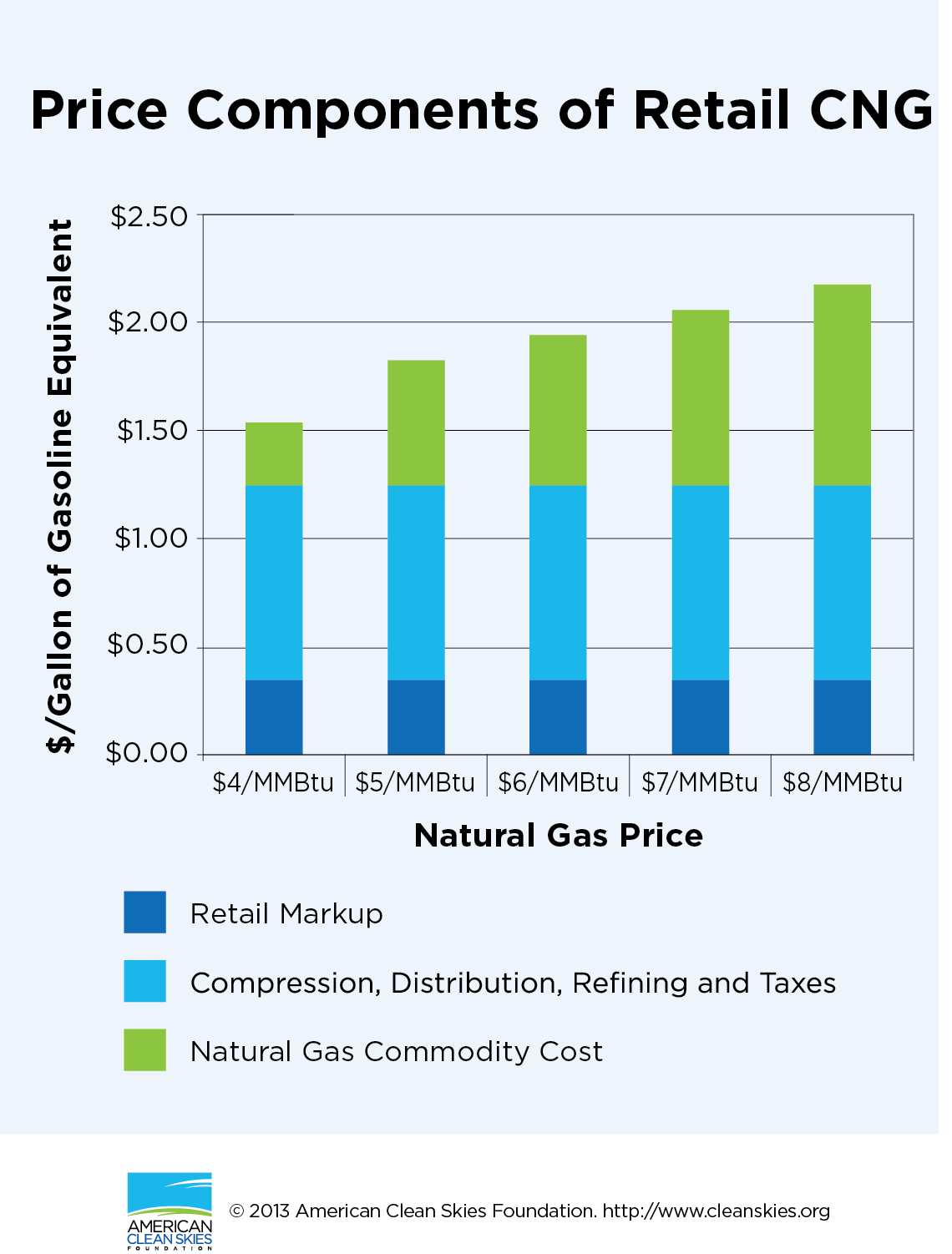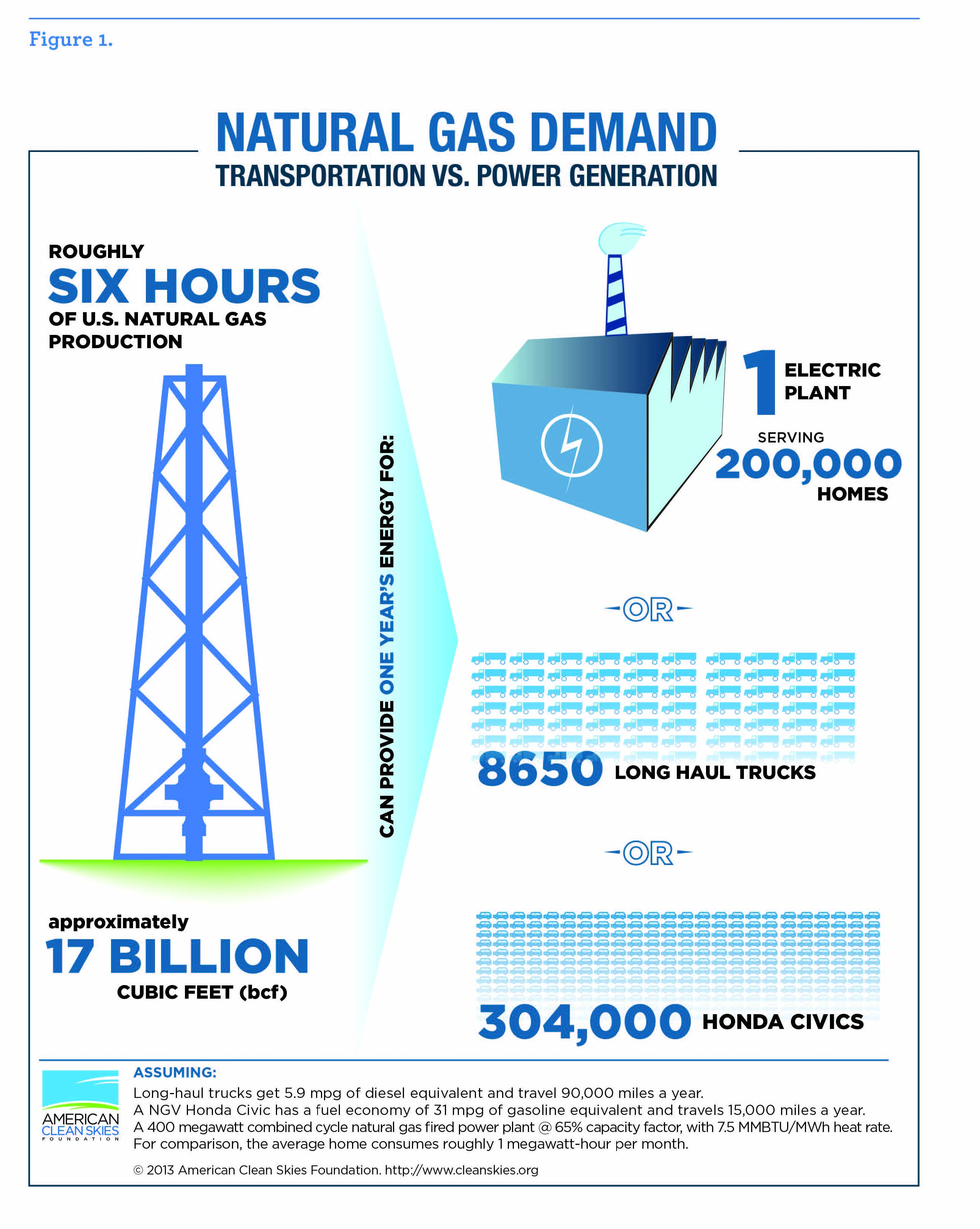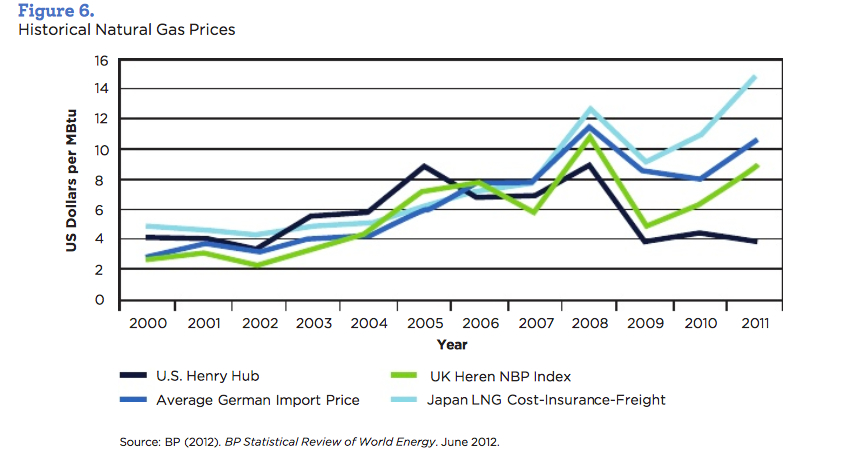Opinion: GSA Opts for Clean-Fueled Vendors
GSA to Weigh Alternative Fuel Use in Award of Package Delivery Contracts
GSA Wants Green Measures for Potential $1.5B Freight Services Contract; Gregory Staple Comments
New $1.5 Billion Federal Delivery Contract to Encourage Cleaner Trucking
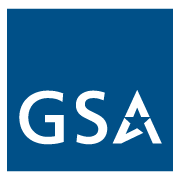
U of Illinois Leads the Way Toward Cleaner Shipping
by Debra Levey Larson, NRES NEWS
The University of Illinois recently became the first academic institution to join the U.S. Environmental Protection Agency’s SmartWay Transport Partnership. U of I’s Housing Dining Services, through the efforts of a professor and four undergraduate students, estimated the emissions and petroleum used in deliveries to campus by its suppliers and committed to apply SmartWay tools and assistance to reduce the campus’ environmental impacts.
“As the first-ever academic institution to register in SmartWay, University of Illinois at Urbana-Champaign leads the way for universities and other institutions to work as shippers in SmartWay and engage with their carriers and suppliers to improve freight efficiency, reduce greenhouse gases and other emissions from goods movement while also helping enhance our nation’s energy security,” said Christopher Grundler, director of EPA’s Office of Transportation and Air Quality.
Launched in 2004, SmartWay has helped shippers and carriers save over 65 million barrels of oil (equivalent to taking more than five million cars taken off the road for a year) and cut air pollution by over 28 million metric tons of carbon dioxide and 22,000 tons of particulate matter.
Warren Lavey, an adjunct professor in U of I’s Department of Natural Resources and Environmental Sciences and the School of Earth, Society and the Environment, said that trucking services are major sources of greenhouse gases and other air toxins, consume large amounts of imported petroleum, and disproportionately impair the health of low-income and minority communities.
“Numerous cost-effective technologies, non-petroleum fuels, and other methods are available to reduce the harms from inefficient diesel trucks, but adoption rates are still slow,” Lavey said.
He noted that shippers respond to customer demands. Government agencies, universities, hospitals, and other large buyers of transportation services should lead by pressing their suppliers to haul freight fewer miles and use cleaner vehicles. “While sustainability goals and programs are widespread among major users of trucking services, procurements of trucking services seldom reflect preferences and incentives for vendors to reduce their harmful emissions and use of petroleum,” Lavey said.
Lavey is working with students to expand SmartWay participation at the U of I, other large customers in the community, University of Illinois at Chicago, and government agencies. He plans to use the SmartWay program as a case study in a new course on sustainability performance metrics and assessment techniques.
LNG Emerging As Fuel Of Choice For Vessels, Ferries
Morning Transportation: DELIVERY
LNG production, fueling terminals target marine industry
GSA Urged To Spur Alternative Fuel Vehicles In $1.5 Billion Contract for Deliveries
GSA To Spur Alternative Fuel Vehicles In $1.5 Billion Contract for Deliveries

 An upcoming five-year government-wide contract for package delivery services is a prime opportunity for the Obama Administration to make good on commitments to reduce America’s oil dependence and cut greenhouse gas emissions related to contract transportation services.
An upcoming five-year government-wide contract for package delivery services is a prime opportunity for the Obama Administration to make good on commitments to reduce America’s oil dependence and cut greenhouse gas emissions related to contract transportation services.
It’s time for the government to be a trendsetter for clean fuel trucking by starting at its own loading docks. GSA’s next government-wide contract for package delivery services known as DDS3 should have annual targets for increasing the use of alternative fuels and provide contract incentives for superior environmental performance.
What is DDS3? Read our FAQ.
Read the press release
GSA Releases Final RFQ for DDS3
ACSF’s Letter to Acting GSA Administrator Daniel M. Tangherlini
ACSF’s Memorandum to GSA
Vice Admiral Dennis V. McGinn, USN (Ret.), ACORE CEO and President, Letter of Support
Graham Richard, Advanced Energy Economy CEO, Letter of Support
Brian P. Wynn, Electric Drive Transportation Association President, Letter of Support
[sharethis]
Guest Commentary: How to Jump-start the Energy Security Trust
Natural Gas for Marine Vessels: A Comparison
Driving on Natural Gas: Fuel Price and Demand Scenarios for Natural Gas Vehicles to 2025
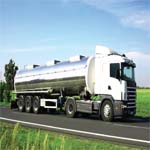
Driving on Natural Gas: Fuel Price and Demand Scenarios for Natural Gas Vehicles to 2025

Our new report finds that a transition to natural gas-fueled heavy duty and light duty vehicles over the next decade will have a minimal impact on natural gas prices. The report uses three scenarios to calculate potential natural gas demand and price impacts attributable to natural gas vehicles (NGVs).
Full Report
Download PDF • Request Print Copy
- Figure 5: Price Components of Retail CNG
- Figure 1: Natural Gas Demand, Transportation vs. Power Generation
- Figure 9: One Well=14,000 Honda Civics Driving with Natural Gas
ACSF, Moniz Team Up for “Future of Natural Gas”
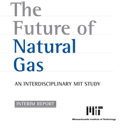
The Future of Natural Gas: An Interdisciplinary MIT Study

ACSF and several other groups initiated and sponsored the report. The other groups included the MIT Energy Initiative (MITEI) members Hess Corporation and Agencia Naçional de Hidrocarburos (Colombia), the Gas Technology Institute (GTI), Exelon, and an anonymous donor. Gregory C. Staple, the Foundation’s CEO, served on the report’s 18-person advisory committee. Incoming Energy Secretary Ernest J. Moniz, former MITEI director, testified before the U.S. Senate Committee on Energy and Natural Resources about this report.
Full Report
Download PDF • Request Print Copy
In the Press
Ernest Moniz, MIT Physicist, Nominated as Energy Secretary: The Washington Post, March 4, 2013
An M.I.T. Plan for Natural Gas with Planet in Mind: New York Times, June 9, 2011
MIT: Natural Gas to Become More Entwined in US Economy: SNL Financial, June 9, 2011
Natural Gas Gives Edge to US Manufacturers: Financial Times, June 8, 2011
The Future of Natural Gas: Geology.com, June 28, 2010
Does Our Energy Future Line in Natural Gas?: Consumer Affairs, June 28, 2010
The Future of Natural Gas: RedOrbit, June 28, 2010
Offshore Drilling Uncertainty Likely to Boost Search for Onshore Deposits: allvoices, June 28, 2010
Study Says Natural Gas Use Likely to Double: New York Times, June 25, 2010
MIT Study Urges US Gas Industry to Back Price on Carbon Emissions: Platts, June 25, 2010
For Climate Relief, US Will Turn to Gas: Nature.com, June 25, 2010
MIT Researchers See Natural Gas as the Choice for Lower Carbon Emissions: New York Times, June 25, 2010
MIT: The Future Is A (Natural) Gas: Forbes, June 25, 2010
Natural Gas Seen as Key in a Carbon-Constrained Futuree: Greentech Media, June 25, 2010
MIT Releases Major Report: The Future of Natural Gas: PhysOrg.com, June 25, 2010
MITEI-Led Study Offers Comprehensive Look at The Future of Natural Gas: MIT News, June 25, 2010
Natural Gas Use to Double in US in Coming Decades: MIT Report: Treehugger, June 25, 2010
European Views On American Natural Gas Exports
This strategic primer highlights the joint economic and security interests the United States and Europe have regarding the export of liquefied natural gas (LNG). It details the major transatlantic connections underlying the export debate.
Full Report
Download PDF • Request Print Copy
- Figure 6: Historical Natural Gas Prices
European Views on American Natural Gas Exports

Where Can I Fill Up? 2013 Update
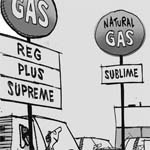
Where Can I Fill Up? 2013 Assessment
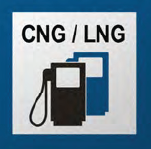
This updated edition of Where Can I Fill Up? expands on the information in the August 2012 report. It provides more than 20 pages of new information on who is building NGV fueling infrastructure, along with more detail on where and how this infrastructure is being added and government policies pertaining to the development of NGV fueling infrastructure.
Where Can I Fill Up?
This new 60 page ACSF report provides a comprehensive up-to-date survey of private sector and state government initiatives to build out natural gas vehicle (NGV) fueling stations across America. It covers investments in new CNG and LNG facilities and contains detailed state-by-state profiles of incentives (tax credits, loans, grants, public utility programs) now available to promote NGV infrastructure.
Politico 2012: Shale Gas Rocks The Economy…And Politics
During the recent Republican and Democratic presidential nominating conventions, ACSF distributed more than 60,000 copies of a special eight-page newspaper supplement about America’s shale gas story and the Foundation’s policy work. This unique advertising supplement was prepared by ACSF in conjunction with the Washington D.C.-based Politico newspaper and was inserted in the local Tampa Bay Times and Charlotte Observer newspapers provided to all convention participants. More than 30,000 copies of the supplement were also distributed in Washington D.C. as part of a post-convention issue of Politico.
Where Can I Fill Up?

Oil Shift: The Case for Switching Federal Transportation Spending to Alternative Fuel Vehicles

Energy 101: Natural Gas Transportation

As America produces more and more natural gas, lots of people are thinking about using clean-burning natural gas to run our cars and trucks. It’s not only likely to cost less but it could cut back our oil imports a whole lot, especially from unfriendly regimes.
Natural Gas for Marine Vessels: U.S. Market Opportunities
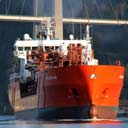
As diesel fuel costs become higher and more volatile, the transportation sector is buzzing about the potential for natural gas to move our goods and services. Most of the talk has focused on fleet vehicles and heavy-duty trucks. This winter ACSF commissioned a review of the maritime market opportunities for natural gas. The study offers the first in-depth look at the challenges and prospects for converting U.S. marine vessels to liquefied natural gas (LNG).
A PDF of the report is available for download here (36 pages).
All About Shale Gas
Shale Gas and America’s Future is a 30-minute, made-for-TV film that looks at how local communities in Pennsylvania are dealing with the potential benefits and risks of shale gas development. In November 2012 the film was awarded the top prize for short documentaries by the Washington D.C.-area association of the Television, Internet & Video Association (TIVA). The film was produced for ACSF in 2010 by the award-winning, Washington D.C.-based documentary group Hillmann & Carr. Click on the image below to view the film.
The second image takes you to ShaleCountry.com. This web site features first-person accounts of the impact of gas production on the economy, the environment and the lives of people living in major shale “plays”– the Haynesville in Louisiana, the Fayetteville in Arkansas, and the Marcellus in New York and Pennsylvania.
[SlideDeck id=’809′ width=’682px’ height=’280px’]
Today experts tell us that America has roughly a 100-year supply of natural gas, a fuel that burns with 50% less global warming pollution than coal, and 20% less than most petroleum fuels. And, on a barrels-to-barrels comparison, in 2010, domestic U.S. production of natural gas was greater than that of coal and almost double that for oil.
Natural Gas Vehicles

FOR MORE INFORMATION
NATURAL GAS VEHICLES (NGVs): An Economical and Clean Alternative
Natural gas can also be compressed and used to fuel the internal combustion engines used in cars, trucks and buses.
- Reduce carbon monoxide emissions 90%-97%
- Reduce nitrogen oxide emissions 35%-60%
- Potentially reduce non-methane hydrocarbon emissions 50%-75%
- Emit fewer toxic and carcinogenic pollutants
- Emit little or no particulate matter

